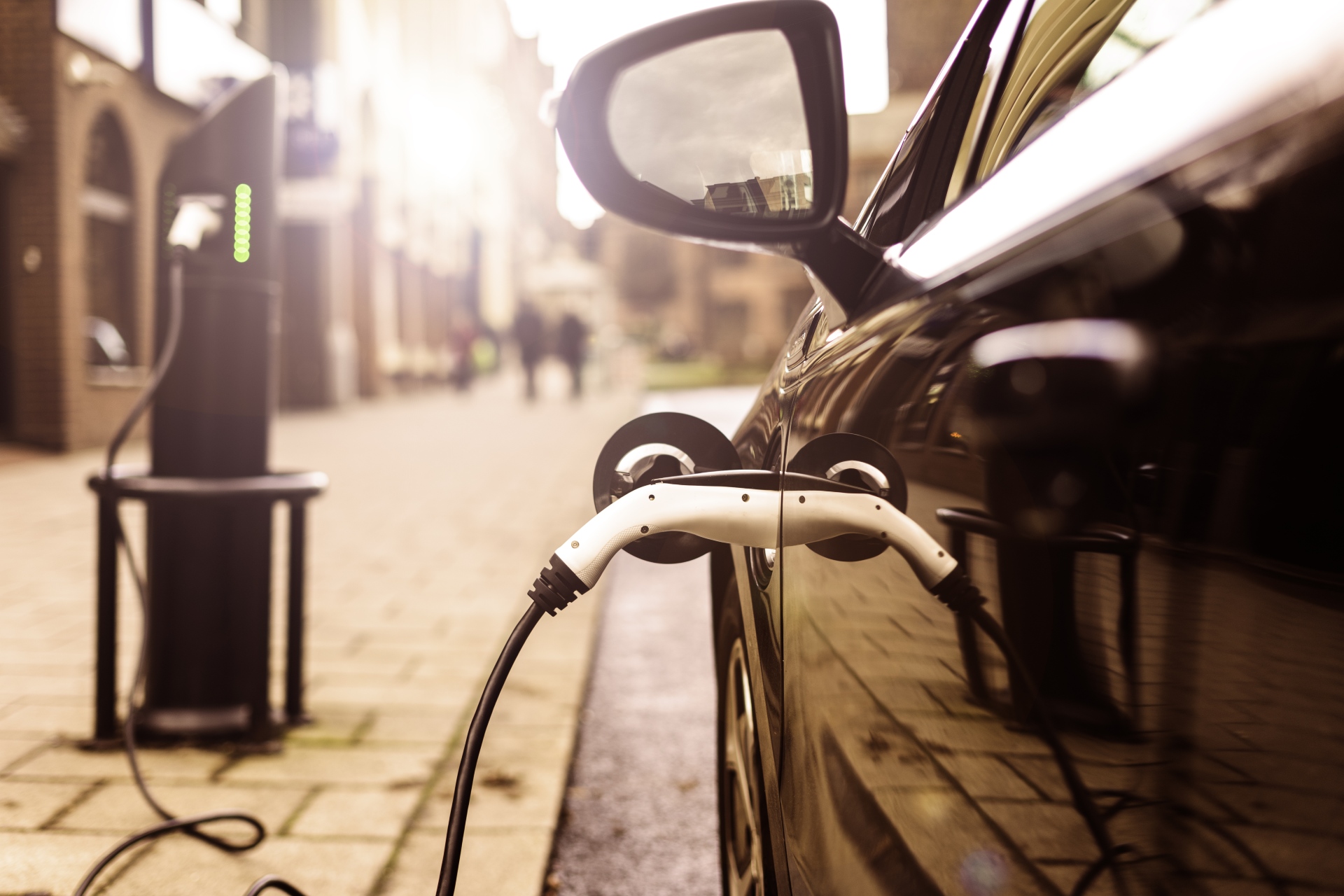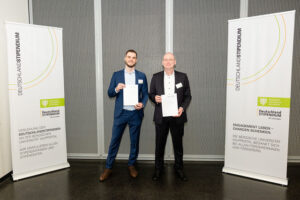For many customers, electric vehicles are already the better choice compared to diesel or gasoline-powered vehicles. Automobile manufacturers are already adapting to changing demands and building new production facilities solely for the production of all-electric vehicles. In view of the impending and partly already decided bans on internal combustion vehicles by the end of this decade, this is a logical consequence. Electric vehicles are expected to dominate the market from the 2030s onwards.
The registration figures also show that a rethinking has taken place among the population: While new vehicle registrations decreased by 19% in 2020 compared to the previous year, electric cars recorded an increase of 207 percent, which means a market share of 6.7 percent. This trend continued in 2021, so that the market share is now almost 14%. Estimates assume that by 2030, up to 14.8 million battery-electric vehicles and plug-in hybrids will be on our roads.
However, a change in the type of drive also entails a structural change in the transport and energy sectors. This is currently leading to problems that urgently need to be solved in the coming years. The primary concern is the ratio of electric cars to charging points and the associated worry of finding a free charging spot. Drivers fear running out of power, especially on long journeys. They have range anxiety. This concern is unfounded, as real behavior shows: Most drivers take regular breaks on longer journeys, as recommended by the ADAC. This means that more charging connections are needed, but not on the scale many assume. In addition, increasingly shorter charging times lead to a stronger throughput of vehicles per hour.
Regardless of the good intentions of electrically powered vehicles, the problems with electricity production should not be overlooked. Is it “green” or does the electricity come from fossil fuels? And how is the electricity transported so that high-power charging is possible everywhere? The concern is also often expressed that the use of e-vehicles will put even more strain on the power grid, which would lead to disruptions and interruptions. According to VW, however, the German grid is capable of easily meeting the additional demand. Thanks to renewable energies and the targeted planning of the switch to e-cars, it is well equipped for this.
However, despite this capacity of the power grid to cover the increased demand, challenges still exist in terms of electricity. These arise from charging e-vehicles in the high-frequency range. Specifically, it concerns harmonic currents. These arise as a result of frequency changes in the power distribution systems, which lead to voltage and current fluctuations. Such irregularities can occur when charging electric vehicles and cause problems in the grid as well as in the vehicles themselves.
These harmonic distortions increase the RMS value of the voltage and the peak value of the waveform. This, in turn, increases the demand for current from the grid. The increasing current flow in the system leads to higher losses and may also accelerate the damage to components in the grid. Due to the current supply from the harmonics, the components can overheat due to heat losses and be permanently damaged. This can cause failures of the damaged components. The consequence would then be a power outage.
Harmonic distortions can also directly affect the vehicle’s performance and damage the on-board electronics. This aspect should not be underestimated. After all, many potential e-car buyers are deterred by the concern that the vehicle may not be as robust as an internal combustion engine and generally more prone to defects. Such defects would promote general distrust of e-vehicles and negatively impact acceptance.
If we become aware of the problems caused by harmonic distortions, we can already deal with possible solutions – and not just when the problems are already there. Fortunately, there is a simple solution to problems with harmonic currents:
Harmonic filters help protect capacitors. These are an essential component in typical e-cars that can fail due to repeated exposure to harmonic distortions. Thanks to their low inductance tolerance and linear behavior, REO harmonic filters are particularly well suited to protect capacitors, even with current above the nominal value. If we prepare now for the practical aspects of using e-cars, we can ensure that the transition goes smoothly.
For the obvious problems that electric drives could cause in power grids and the vehicles themselves, there are practical solutions. We can easily take advantage of the benefits of switching to e-cars, especially the lower CO2 emissions – provided we start planning now.




